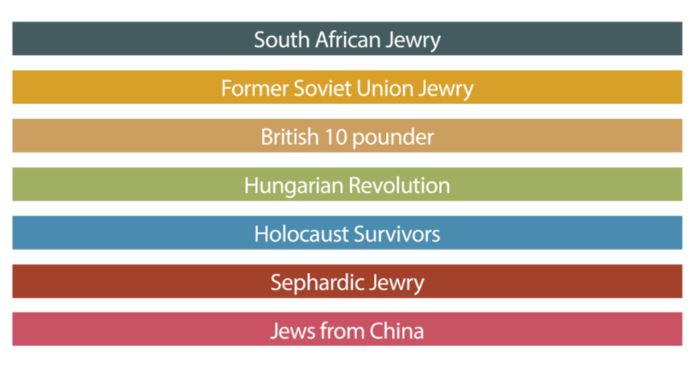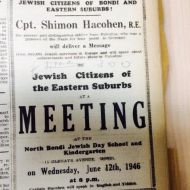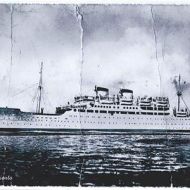Jewish migration to Waverley
Seven Waves
Eat, Pray, Naches captures the stories and contributions of an extremely diverse and complex community. The Jewish community in the Eastern Suburbs is a melting pot of various cultures and communities who migrated to Australia in search of the same freedoms and opportunities.
Between 1946 and 1986, seven waves of migration rolled onto the beaches of the Waverley area, each wave arriving at different times but sometimes coinciding and blending together.
Seven waves of migration
“The Jewish community has had a major influence, I would say, on the area. The community, I mean it’s a very diverse community. So you have Jews that have come post-war from Hungary, Holocaust survivors, from Austria and Hungary and from Czechoslovakia. Then you have the newer migrants, the South Africans, that came later. Then finally the Russians, the Soviets, that came more recently in my wave of migration. And they all come with their own ideologies, their own histories, their own cultures, their own ways of dealing with the world around them. It’s greatly enriched the area.”
Alex Ryvchin, Kiev, Soviet Union, migrated in 1988
Supporting Jewish migrants
Often Jewish migrants were sponsored by their families already in Australia. Upon arrival Jewish welfare organisations such as the Australian Jewish Welfare Society also played a critical role in assisting new migrants through their period of adjustment and transition into a new society. These organisations provided newcomers with basic necessities such as food, clothing and shelter.
“I think the Jewish community is a big part of the local area, both in the sense of some of the outreach and community activities that it does to the wider community, as well as bringing the Jewish culture to the area. Jewish culture would be quite vast as the different communities have come from different parts of the world, and then they’ve brought with them their local cultures, whether being from Poland, or whether being from Russia or from South Africa or from New York. Bringing all those cultures to Australia as well as the Jewish flavour to that has really made this area quite spectacular.”
Rabbi Mendel Kastel, New York, migrated in 1988
Each wave of migration had their own language and cultural traditions that were unique to their country of origin and through the process of chain migration many settled in the Eastern Suburbs. This was an attractive area for Jewish migrants due to the network of established synagogues, Jewish schools, clubs and businesses already in the Waverley area.
Announcements in the Australian Jewish News
Jewish diversity in Waverley
Jewish migrants have come to Waverley from Europe, Egypt, the Middle East, China, the former Soviet Union, Israel, and South Africa. Each wave faced its own challenges and obstacles such as language, work opportunities and housing. In addition, immediately after the war, the Australian Government restricted boat quotas only allowing 25% of passengers to be Jewish.
Waverley’s Jewish population by Country of birth
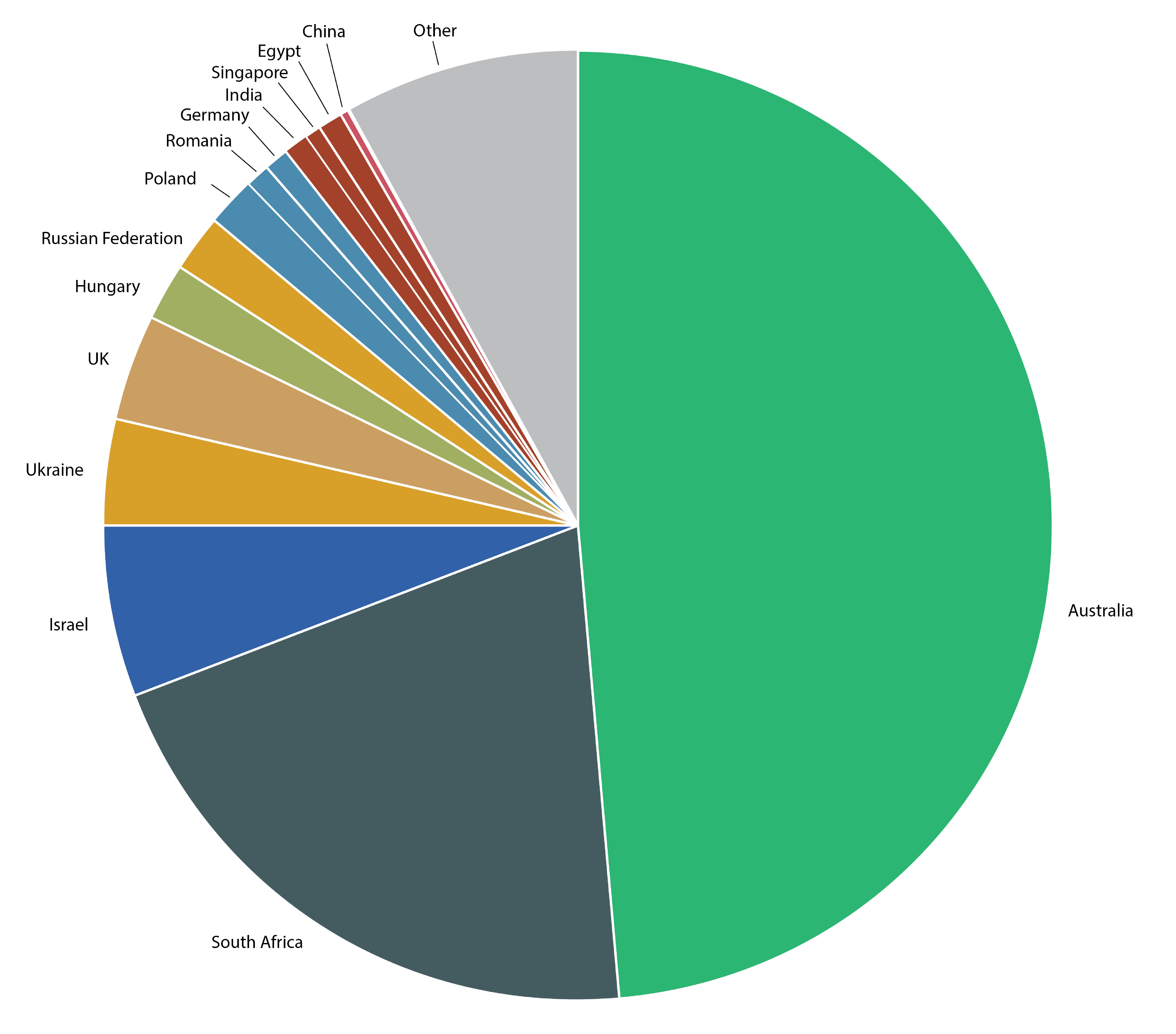 | 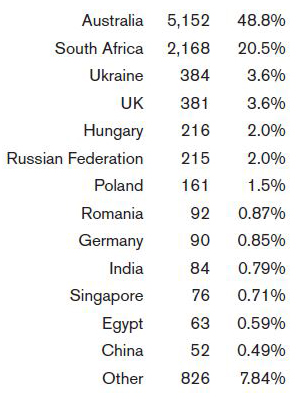 |
“Having arrived, we were very welcome by the Sydney Jewish community and particularly, and I must say by Syd Einfeld who I think was just the most remarkable man. The Jewish Welfare Society gave us 50 pounds and they got us accommodation.”
Andrew Havas, Budapest Hungary migrated in 1957
“Coming to this country, and specifically to answer this question about why here, it’s that one of the factors that impressed us most enormously was that fact that there is respect for difference.... This is something which appealed to me from day one about this country.”
Vic Alhadeff, South Africa migrated in 1986
Journey to Australia
While some migrants enjoyed their journeys and stopovers, many migrants who travelled by sea found the conditions on board challenging. Some of the boats had been converted from ex-WW2 troop ships and were often described as ‘rust-buckets’. They had been hastily converted to provide very basic accommodation and often the food was inedible or alien to the European passengers.

